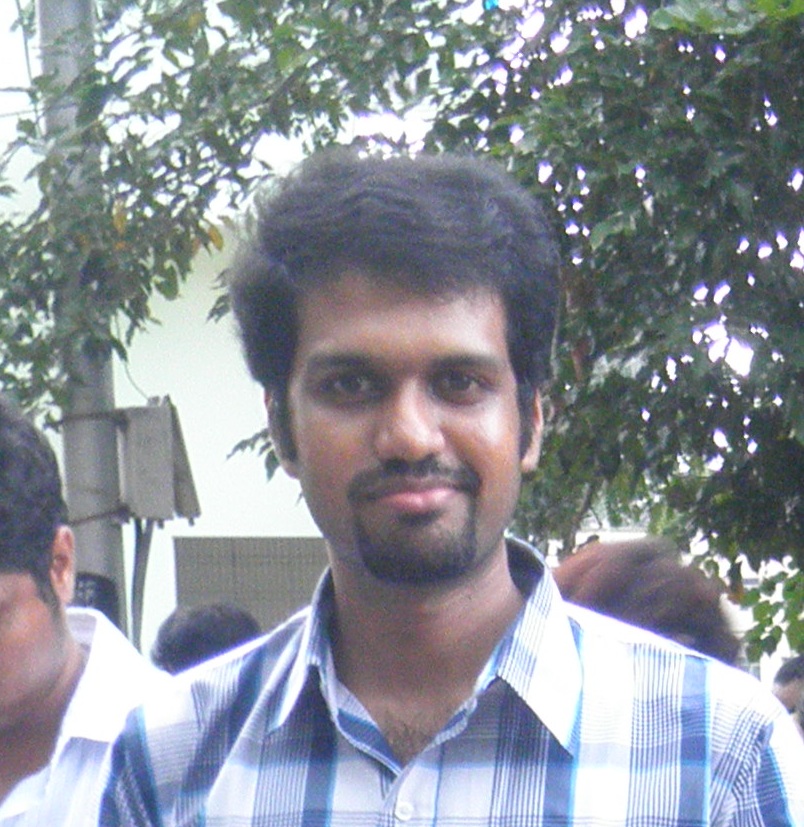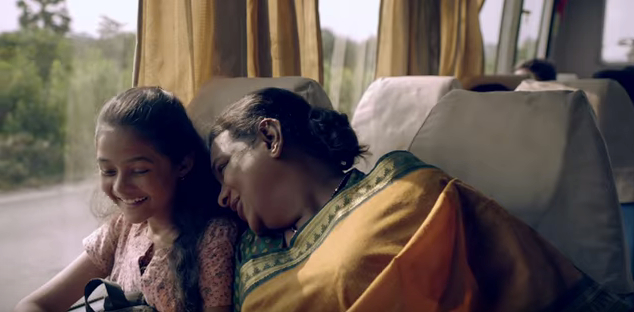Right to Privacy and Sec. 377
Yesterday, the Supreme Court gave its judgment in a case titled Justice Puttuswamy (Retd) v. Union of India [PDF link here]. In this historic judgment, a 9-judge bench of the Supreme Court held that the right to privacy is a fundamental right. By this judgment, the Supreme Court affirmed that people a constitutionally protected right to autonomy over their body and prevented the government from interfering in the choices that they make.
The stakes involved in this simple point are difficult to overstate. The Central Government and other BJP ruled states argued there was no constitutional right to privacy. Instead they stated that the right to privacy was a common law right or a statutory right, meaning that they could take away that right merely by passing a legislation – a legislation like s. 377 of the IPC. But in holding that the right to privacy was a constitutional right, the government now has to meet a higher standard in order to legitimately restrict the exercise of that right. Had the government’s view prevailed, there would be no space or choice that would be free from government intrustion. With a mere majority vote, the government could legitimately take away the right to privacy of citizens. Thankfully because of this judgment, this is not the case.
While the history of this case has roots in democratic opposition to the imposition of surveillance technologies such as Aadhar, this case has a direct impact on the 377 case currently pending before the Supreme Court.
The most obvious interlink between the two cases is Justice Chandrachud’s judgment in the Right to Privacy case, where he criticizes the Supreme Court’s reasoning in the Naz Foundation case. In the Naz Foundation case, Justice Singhvi (who authored the judgment) proceeded on the footing that there existed a fundamental right to privacy, but that the constitutional protection was not extendable to LGBT people. He reasoned that LGBT people constituted a “miniscule fraction” of India’s population and that in the 150 years of its existence, 377 has only been officially used less than 200 times against adults. In other words, Justice Singhvi argued that the Constitution could not be concerned with the small population of LGBT people and that the prosecutions under s. 377 were too scanty to merit any serious constitutional considerations.
Justice Chandrachud’s leading judgment pilloried the logic of Justice Singhvi’s argument. First, that of fundamental rights in a democracy are meant to protect minorities from majorities. It makes no sense to say that some populations are too small or too reviled to have fundamental rights. Fundamental rights are not some a popularity contest. They inhere in all persons regardless of who they are. Secondly, Chandrachud pointed out that the fact that there were only about 200 prosecutions under s. 377 was of little consequence. He argued that a violation of a fundamental right does not become tolerable because only a few people’s rights were affected. Chandrachud argues that to test the constitutionality of s. 377 one does not have to look at its direct application (i.e. prosecutions) but rather its “chilling effect on the exercise of fundamental rights.”
In the pages where he discusses the Supreme Court’s Naz Foundation judgment (which he brackets along with the court’s infamous ADM Jabalpur judgment, which upheld the suspension of Fundamental Rights during the Emergency), Chandrachud echoes the language used by the Delhi High Court in its Naz Foundation judgment. He holds that “Sexual orientation is an essential attribute of privacy. Discrimination against an individual on the basis of sexual orientation is deeply offensive to the dignity and self-worth of the individual. Equality demands that the sexual orientation of each individual in society must be protected on an even platform.” As Justices Shah and Muralidhar did in the Delhi High Court, Chandrachud here places sexuality and rights in a common framework, thus laying down the foundation for overruling the Supreme Court’s Naz Foundation judgment.
More generally, the Supreme Court’s right to privacy judgment, reaffirms the principles of privacy that Naz Foundation and Voices against 377 invoked before the High Court and the Supreme Court – that privacy was about people not places. Meaning, that while the right to privacy may have spatial dimensions, it was centrally about preventing one from interfering in the daily life choices of another. As Justice Chamleshwar stated in this case “I do not think that anybody would like to be told by the State as to what to eat or how they should dress or whom they should be associated with in their personal, social or political life…”
The claim to the right to privacy is not just essential to claiming a space away from the public eye. In order to live and flourish in a democratic society, people need to be able to go about their daily lives without interference from state or society. As invoked in the Naz Foundation case, the right to privacy was not just about protecting the bedroom from the state. It was fundamentally about the ability to participate in public life without interference from any person or any institution.
According to Anjali Gopalan (the director of Naz Foundation) and Justice Shah, yesterday’s Right to Privacy judgment severely undermines the Supreme Court’s Naz Foundation judgment, and it would seem like the next logical step would be to overturn the SC’s Naz Foundation decision. I would agree, but would include the following caveats.
Firstly, the Supreme Court is a Janus-faced institution. Justice Chandrachud who yesterday waxed eloquent about the autonomy of the individual and the right to privacy, is the same Justice Chandrachud who gave the order in what has become known as the ‘love jihad’ case. In annulling the interfaith marriage and endorsing a pernicious piece of right-wing propaganda, Justice Chandrachud denied the autonomy and privacy of an adult woman and returned her to the custody of her parents. So notwithstanding the idea of precedent, the Supreme Court can say one thing today, and another tomorrow.
Secondly – and more legally – all fundamental rights, including the right to privacy are subject to reasonable restrictions. The Court could still find that the reasons offered by the government in the 377 case – protection of public health, or public morality – as legitimate reasons to infringe the right to privacy.
That said, the Supreme Court has in this judgment has affirmed a constitutionally protected right to privacy. The right to privacy is imagined not just as a negative right over certain spaces, but as the right to move freely in society, and as a right to participate in everyday life. The establishment of this fundamental principle, is a victory not just for LGBT people in India, but for all people who choose to act or think differently. It is a huge victory for the shrinking democratic spaces in this country.



